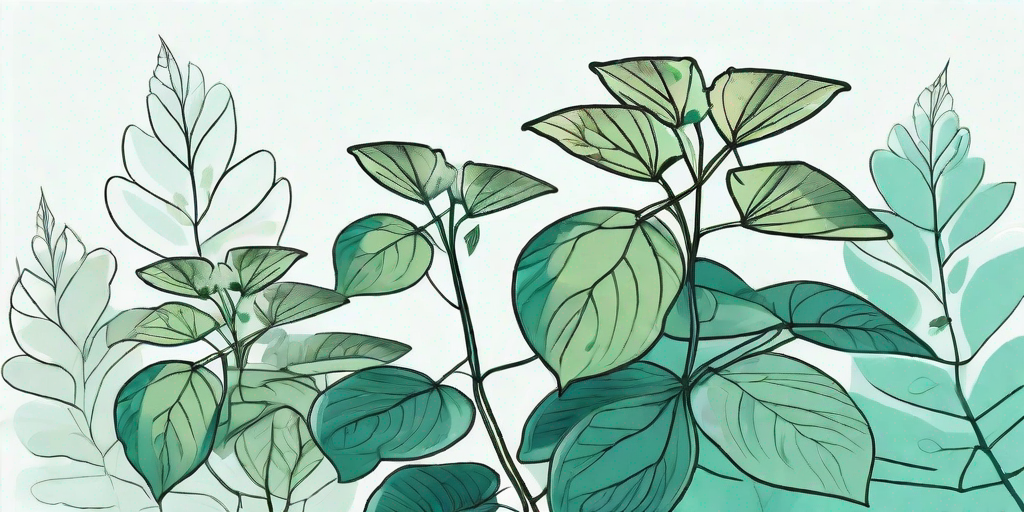
Ah, the climbing hydrangea. A beautiful, vigorous vine that can turn any drab wall into a verdant, floral masterpiece. But like any diva worth her salt, she can be a bit... temperamental. Fear not, dear reader, for we are here to guide you through the trials and tribulations of hydrangea care, with a cheeky grin and a twinkle in our eye.
Understanding the Drama Queen: Climbing Hydrangea Basics
Before we dive into the nitty-gritty of hydrangea problems, let's get to know our leading lady a bit better. The climbing hydrangea, or Hydrangea petiolaris if you want to get fancy, is a deciduous vine native to the woodlands of Asia. She's a slow starter, but once she gets going, there's no stopping her.
She prefers a spot in the sun or partial shade, with well-drained soil. She's also a bit of a wallflower, literally. She loves to climb up walls, fences, and other structures, using her aerial rootlets to cling on tight. But enough about her likes and dislikes, let's get down to business.
Dealing with Diva Tantrums: Common Climbing Hydrangea Problems
Problem #1: Leaf Spot
Leaf spot is a common issue with climbing hydrangeas. It's caused by a fungus, and it can make your hydrangea's leaves look like they've been attacked by a miniature polka-dot artist. But don't worry, it's usually not a serious problem.
The best way to deal with leaf spot is to remove and destroy the affected leaves, and to avoid watering your hydrangea from above. Fungicides can also be used if the problem persists.
Problem #2: Powdery Mildew
Powdery mildew is another fungal disease that can affect climbing hydrangeas. It causes a white, powdery coating on the leaves, hence the name. It's not usually a serious problem, but it can make your hydrangea look like she's been dusted with flour.
Again, the best way to deal with powdery mildew is to remove and destroy the affected leaves, and to avoid watering from above. Fungicides can also be used if necessary.
Problem #3: Pests
Like any diva, the climbing hydrangea can attract a fair amount of unwanted attention. Pests such as aphids, scale insects, and vine weevils can all cause problems.
The best way to deal with pests is to keep an eye on your hydrangea and act quickly if you notice any signs of infestation. Insecticides can be used if necessary, but often a good blast of water from the hose will be enough to dislodge the pests.
Keeping the Diva Happy: Climbing Hydrangea Care Tips
Now that we've covered the common problems, let's move on to some general care tips. After all, prevention is better than cure, especially when it comes to divas.
Firstly, make sure your hydrangea is planted in a suitable location. She likes sun or partial shade, and well-drained soil. She also needs something to climb on, so make sure she has a wall, fence, or other structure to cling to.
Secondly, keep an eye on the watering. Hydrangeas like moist soil, but not waterlogged soil. Water deeply once a week, and avoid watering from above to prevent fungal diseases.
Finally, don't forget to feed your hydrangea. A slow-release fertilizer applied in the spring should do the trick.
FAQs
Why is my climbing hydrangea not flowering?
Climbing hydrangeas can be slow to start flowering. It can take several years for them to get going. If your hydrangea is mature and still not flowering, it could be due to a lack of sunlight, poor soil, or incorrect pruning.
Can climbing hydrangeas grow in pots?
Yes, climbing hydrangeas can be grown in pots, but they will need a large pot and a support structure to climb on.
How do I prune a climbing hydrangea?
Climbing hydrangeas don't need a lot of pruning. Simply remove any dead or damaged wood in late winter or early spring.
Conclusion
So there you have it, a comprehensive guide to surviving the struggle and overcoming climbing hydrangea problems. With a bit of care and attention, your hydrangea can be a beautiful, blooming diva that's the envy of all your neighbors.
Remember, every diva has her off days, but with a bit of TLC, your climbing hydrangea can shine. So don your gardening gloves, grab your watering can, and get ready to pamper your plant. After all, she's worth it.















